
Blickling Estate's collections
Explore the objects and works of art we care for at Blickling Estate on the National Trust Collections website.
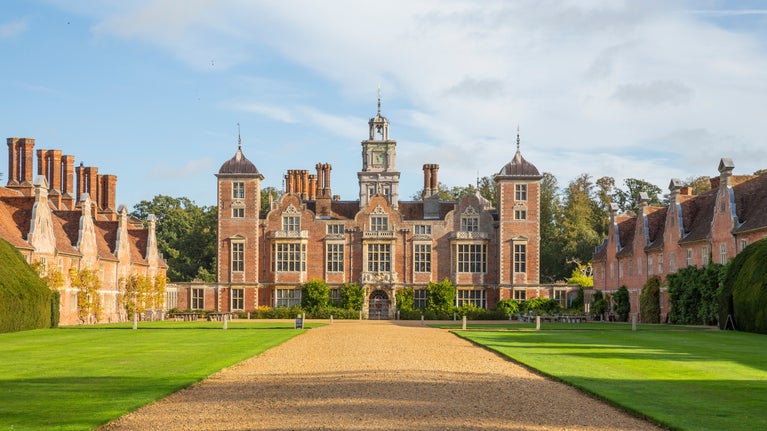
Mentioned in the Domesday Book, Blickling Estate is believed to have been the birthplace of Anne Boleyn, future wife of King Henry VIII. During the Second World War, RAF air crew were billeted here while its owner, Lord Lothian, influenced Winston Churchill’s actions.
The history of Blickling estate stretches back to the Neolithic period. There is archaeological evidence for activity through the Roman period including Bronze Age barrows, Roman coins and possible Roman enclosures. The name Blickling derives from the Old English, ‘Bekeling’, meaning ‘grassy bank next to a stream’.
In the 11th century, it was the site of a manor house that belonged to Harold Godwinson (c. 1022—66) later Harold II, the last Anglo-Saxon king of England.
William the Conqueror (c. 1028—87) passed the estate to the Bishop of Norwich in 1091. By the 15th century, Blickling was the property of Sir John Falstofe (1380—1459), one of the most powerful men in Norfolk. He was the inspiration for the fictional character, Falstaff, who appears in several Shakespearean plays.
In 1452, Geoffrey Boleyn (1406—63) acquired the estate, which passed to his grandson Thomas Boleyn (1477—1539), in 1505. It is likely that Thomas’s daughter, Anne Boleyn (c. 1501—36) was born at Blickling. Her marriage to Henry VIII as his second queen in 1533 prompted the king’s break from Rome but was short-lived. She was executed in 1536.
The estate passed to a Boleyn family relative Edward Clere (1536—1606) and fell into decline.
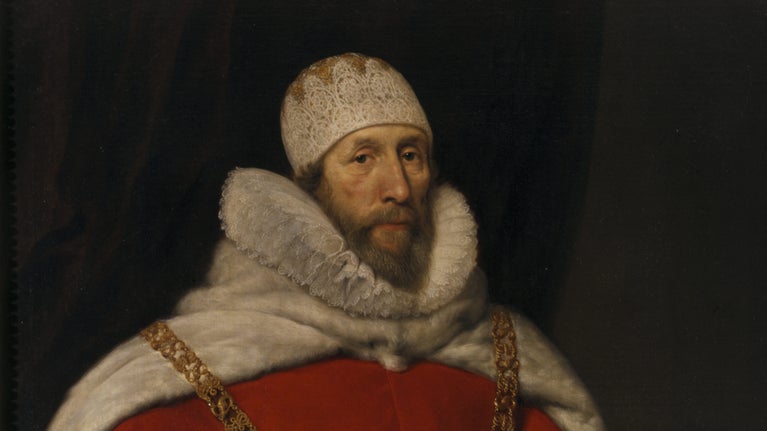
In 1616, Sir Henry Hobart (c. 1560—1626) purchased Blickling Estate. Hobart had a successful and lucrative career as a lawyer. He became Lord Chief Justice of the Common Pleas and was awarded the title of baronet by James I in 1611. He was a signatory of the Second Charter of the Virginia Company of London, a commercial trading company who colonised the east coast of North America. He invested financially and was part of the council which administered the company’s affairs in London.
Henry was married at Blickling in 1590 and purchased the failing estate in 1616. He employed architect Robert Lyminge (fl. 1607—28) to design and oversee the building of an ambitious family home on the remains of the Boleyns’ house.
Unusually, Henry ordered Lyminge to keep the medieval moat and incorporate the existing fabric of the Tudor building. The resulting red-brick house is an architectural masterpiece of the Jacobean era (the reign of James I of England, 1603—25). Henry also commissioned lavish interiors including the elaborately decorated Long Gallery which contains one of the most significant Jacobean plaster ceilings in the country.
Sir John Hobart, 2nd Baronet (1593—1647) inherited Blickling on his father’s death and lived there ten months of the year. On his death, the estate passed to his daughter, Philippa Hobart (1635—55), who had married her cousin, Sir John Hobart, 3rd Baronet (1628—83) and then to their son, Sir Henry Hobart, 4th Baronet (1658—98). Henry’s failed political career led to his death following an illegal duel with neighbour Oliver le Neve (1662—1711).
Blickling Estate was kept safe for Henry’s 5-year-old son, John Hobart, who later became 1st Earl of Buckinghamshire (1693—1756), to inherit. As a young man, John established a successful political career and served as commissioner of the Board of Trade and Plantations which advised on colonial questions. His reputation and his career were, arguably, enhanced by his sister, Henrietta Howard (1689—1767), and her close personal relationship with George II.
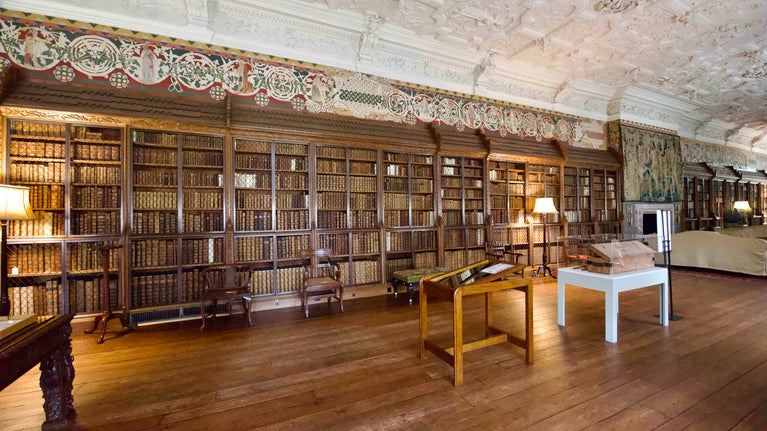
In 1742, John was gifted the library of his uncle, Sir Richard Ellys (1688—1742), a book collector and scholar. John Hobart adapted the Long Gallery to house the books. The collection of around 10,000 items includes manuscripts, early printed books, pamphlets and volumes on religion, science, histories, languages and travel. It is the most significant library collection held by the National Trust.
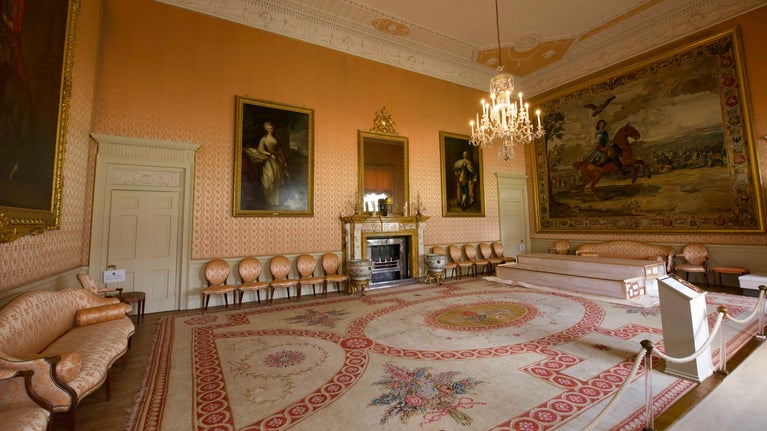
John Hobart, 2nd Earl of Buckinghamshire (1723—93), and son of John Hobart 1st Earl, inherited Blickling in 1756. He was ambassador to the court of Catherine the Great in Russia and later an ambassador to Ireland. He brought souvenirs of his political career to Blickling, including the magnificent silk hangings of the State Bed and an enormous Russian tapestry depicting Peter the Great.
Much of the existing parkland dates to the late 18th century. The 2nd Earl commissioned architect and engineer Samuel Wyatt to build the Orangery. He also commissioned the construction of a flat parkland horseracing course and a grandstand (The Tower, now a National Trust Holiday Cottage) from which to enjoy the sport.
John Hobart, 2nd Earl, left Blickling to his daughter, Caroline Hobart (1767—1850). She and her husband, William Harbord (1766—1821) commissioned the pyramidal mausoleum in the parkland in memory of her father and his two wives, Mary Ann Drury (1740—69) and Caroline Conolly (c. 1755—1817).
On Caroline’s death in 1850, Blickling passed to her nephew’s son, William Schomberg-Kerr (1832—70). William and his wife, Constance Chetwynd-Talbot (1836—1901), started a programme of improvements to the house. This included a series of decorative schemes designed by artist and friend, John Hungerford Pollen.
William died in 1863, after spending the last years of his life in a wheelchair. Constance remained at Blickling, designing and overseeing the creation of the formal Parterre garden. After her death in 1901, Blickling was tenanted for 30 years.
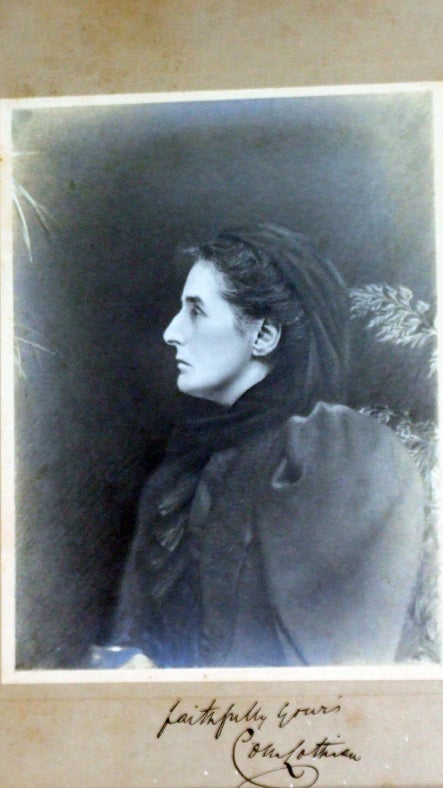
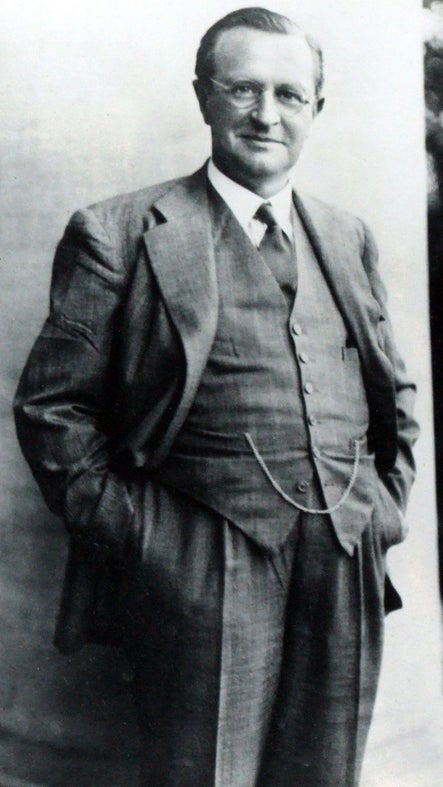
The last owner of Blickling Estate, Philip Kerr, Lord Lothian (1882—1940), was a politician and diplomat. From 1905 to 1910 he served as a member of the South African government, later becoming editor of ‘The Round Table: The Commonwealth Journal of International Affairs’. In 1925, Philip was Secretary to the Rhodes Trust where he oversaw an Oxford University scholarship for British Commonwealth students funded by Cecil Rhodes, an advocate for colonial expansion.
From 1931 to 1932, Philip was Under-Secretary of State for India. In 1938, Jawaharlal Nehru (1889—1964), an independence activist and politician, and his daughter, Indira Priyadarshini Gandhi (1917—1984), visited Blickling as Philip’s guests. Nehru became the first Prime Minister of independent India and Gandhi later served two terms as Prime Minister.
Philip was a leading advocate of appeasement during the 1930s. Joachim von Ribbentrop (1893—1946), Hitler’s foreign policy advisor, was a guest at Blickling in 1938. Philip changed his mind about Hitler's intentions after reading an English translation of ‘Mein Kampf’. He then felt war was inevitable. From 1939 to his death, he was Ambassador to the United States. He played a crucial role in the entry of the United States into the Second World War.
Philip was committed to the National Trust Act of 1937 and was instrumental in the creation of the Country Houses Scheme. This enabled the first large-scale transfer of country estates to the National Trust in lieu of death duties. After Philip’s death then entire estate passed to the National Trust – ensuring the survival of Blickling, as well as countless other houses.
In the 1930s, Philip commissioned influential garden designer Norah Lindsay (1873—1948), to redesign and replant Blickling’s gardens, which he saw as complicated and old-fashioned. Lindsay focused on the Parterre and Temple Walk, using colour in the garden as a painter uses a palette. Much of her planting still survives today.
During the Second World War Blickling Estate was home to RAF Oulton – a bomber base. Between 1939 and 1943, No. 2 Group squadrons operated continental bombing raids from grass runways. In 1944, the runways were replaced with concrete, allowing the heavier bombers of No. 100 Group to operate radar counter measure operations. These missions confused enemy radar and played a critical role in operations like D-Day. This history is celebrated at the RAF Oulton Museum in the East Wing on the estate.
Since 1940 the National Trust has continued to care for Blickling Estate and in the last 50 years, has developed it as a major visitor attraction. It has undertaken major building, collections and nature restoration.
Current projects include the conservation of the 18th-century State Bed, conversion of the walled garden to a no-dig approach, restoration of the chalk stream as part of the Riverlands project, renewed planting of the Norah Lindsay gardens, dam repair on the lake and an innovative twinning project with Bayt al-Razzaz in Cairo, Egypt.
Bemiss, Samuel M. ed., ‘The Three Charters of the Virginia Company of London’, Williamsburg: The Virginia 350th Anniversary Celebration Corporation, 1957.
Borman, T. ‘King's Mistress, Queen's Servant: The Life and Times of Henrietta Howard’, Vintage: London, 2010.
Hayward, A. ‘Norah Lindsay: The Life and Art of a Garden Designer’, Frances Lincoln: London, 2007.
Kilburn, Matthew. ‘Hobart, John, first earl of Buckinghamshire (1693–1756), politician and courtier.’ Oxford Dictionary of National Biography. January 03, 2008. Oxford University Press. Date of access 5 June 2025.
May, Alex. ‘Kerr, Philip Henry, eleventh marquess of Lothian (1882–1940), writer and politician.’ Oxford Dictionary of National Biography. January 06, 2011. Oxford University Press. Date of access 5 June 2025.
Weigand, C. ‘The Boleyns of Blickling’, Bittern Books: Norwich, 2025.

Explore the objects and works of art we care for at Blickling Estate on the National Trust Collections website.
Discover more about Blickling Hall, in Norfolk, a Jacobean mansion thought to be the birthplace of Anne Boleyn, and sits in a historic park.
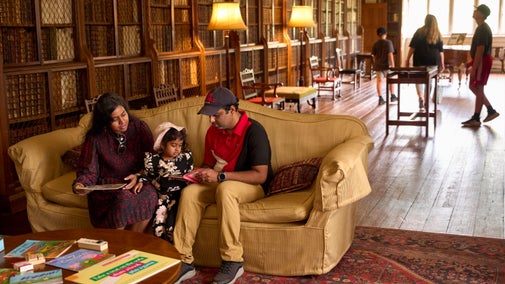
In collaboration with family history website Findmypast, we've been exploring the 1921 Census of England and Wales. It's helped us get closer to the lives of people at Blickling Estate, including American heiress and Blickling Hall tenant Zelia Hoffman, who stood for election as a Liberal MP in 1928. Discover more about these stories at Blickling, as well as research from nine other places in our care. By clicking this link, you’ll access a third-party website. Please see their privacy policy for how they handle your personal data.

If you'd like to lose yourself in a garden full of character and historic features, Blickling Estate has something for every visitor.

There's much more to Blickling Estate than its famous house. Covering 4,600 acres with 950 acres of woodland and parkland and 3,500 acres of farmland, Blickling Estate is great for exploring alone, with family or your four-legged friends.
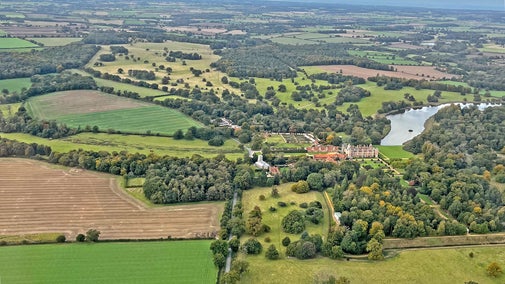
Offering delicious, locally sourced and produced food, stop at one of the cafés, browse in the shop or grab a bargain in the second-hand bookshop.
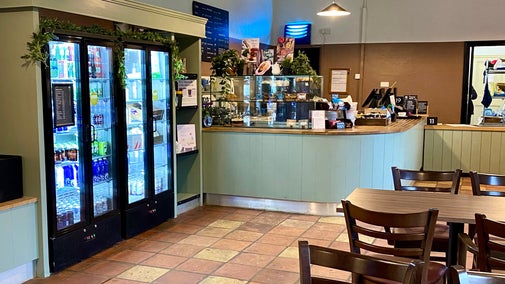
Learn about people from the past, discover remarkable works of art and brush up on your knowledge of architecture and gardens.
